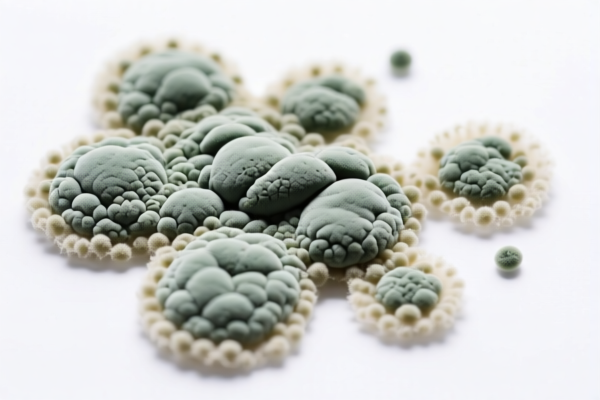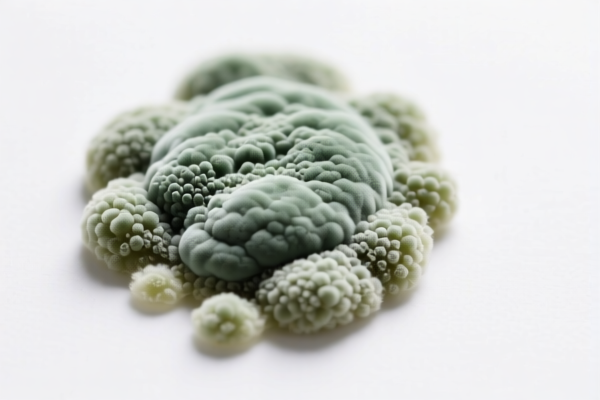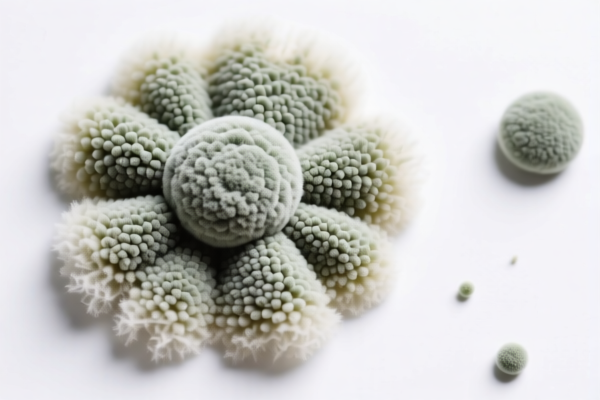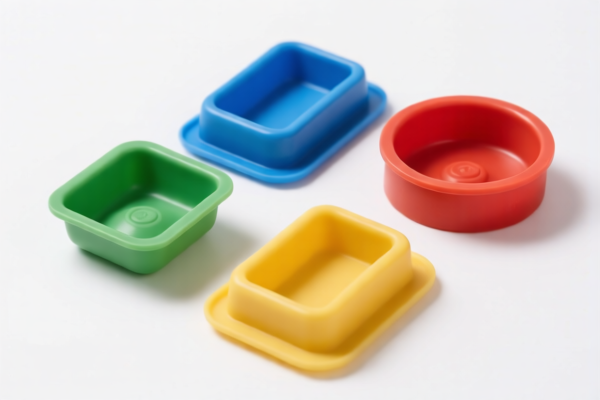| HS Code | Official Doc | Tariff Rate | Origin | Destination | Effective Date |
|---|---|---|---|---|---|
| 3214100010 | Doc | 58.7% | CN | US | 2025-05-12 |
| 3214100020 | Doc | 58.7% | CN | US | 2025-05-12 |
| 3207100000 | Doc | 58.1% | CN | US | 2025-05-12 |
| 3207200000 | Doc | 59.9% | CN | US | 2025-05-12 |
| 3926904000 | Doc | 32.8% | CN | US | 2025-05-12 |
| 3920930000 | Doc | 60.8% | CN | US | 2025-05-12 |
| 3920940000 | Doc | 60.8% | CN | US | 2025-05-12 |
| 9503000071 | Doc | 30.0% | CN | US | 2025-05-12 |
| 9503000073 | Doc | 30.0% | CN | US | 2025-05-12 |
| 9505902000 | Doc | 30.0% | CN | US | 2025-05-12 |
| 9505906000 | Doc | 30.0% | CN | US | 2025-05-12 |
| 4823901000 | Doc | 55.0% | CN | US | 2025-05-12 |
| 4823902000 | Doc | 55.0% | CN | US | 2025-05-12 |
| 4821102000 | Doc | 55.0% | CN | US | 2025-05-12 |
| 4821104000 | Doc | 55.0% | CN | US | 2025-05-12 |




Word Mold
A word mold (also known as a letter mold, type mold, or simply mold) is a matrix used in traditional letterpress printing to cast individual metal type characters. It's a critical component in the process of creating reusable, physical letterforms for printing.
Material
Word molds are typically constructed from steel, specifically alloys chosen for their durability and ability to withstand the high temperatures and pressures involved in casting. Historically, brass molds were also common, though steel became preferred for its longevity. The internal cavity of the mold is often lined with copper to facilitate easier release of the cast type.
Purpose
The primary purpose of a word mold is to create individual, reproducible metal type pieces—usually made of alloys containing lead, antimony, and tin—that can be assembled into lines of text for printing. Before phototypesetting and digital printing, this was the standard method for producing text for books, newspapers, and other printed materials.
Function
The function relies on the process of hot metal casting. Molten metal alloy is forced into the mold cavity under pressure. The cavity is precisely shaped to form the desired letterform, including details like serifs and counters. Once cooled, the cast type piece is ejected from the mold. A word mold often contains multiple cavities, allowing for the simultaneous casting of several characters, typically letters commonly found together.
Usage Scenarios
Word molds are used in letterpress printing shops. The process is labor-intensive, requiring skilled typesetters to:
- Assemble type: Arrange individual cast characters into lines of text within a composing stick.
- Lock up forms: Secure the assembled lines into a chase (a metal frame) to create a printing form.
- Operate a letterpress: Use a press to transfer ink from the raised type surface to paper.
The use of word molds has largely been replaced by modern typesetting technologies, but they remain relevant in:
- Historical printing: Reproduction of traditional printing techniques.
- Artistic printing: Creation of unique, handcrafted prints.
- Educational purposes: Demonstration of traditional printing methods.
Common Types
Word molds are categorized based on several factors:
- Font: Each mold is specific to a particular typeface (e.g., Times New Roman, Helvetica).
- Point Size: Molds are manufactured for different sizes of type, measured in points (e.g., 10-point, 12-point).
- Width: Different characters within a font have varying widths, requiring molds of corresponding sizes.
- Justification: Some molds are designed to cast characters with specific spacing for justified text.
- Matrix System: The Ludlow Typograph and Monotype systems utilized specialized molds and casting machines to produce entire lines of type at once, differing significantly from the individual character molds used in hand typesetting.
- Single vs. Double: Single molds cast one character at a time, while double molds cast two.
Based on the provided information, the term "word mold" does not have a direct match within the listed commodities. However, considering potential applications, the following HS codes may be relevant:
- 3214100010: This code covers Glaziers' putty, grafting putty, resin cements, caulking compounds and other mastics; painters' fillings. Specifically, it includes Glazier's putty, grafting putty, resin cements, caulking compounds and other mastics; painters' fillings Mastics: Caulking compounds. If the "word mold" is used in a sealing or adhesive application, this HS code could be applicable. The total tax rate is 58.7% (Base tariff: 3.7%, Additional tariff: 25.0%, Post-April 2, 2025, additional tariff: 30.0%).
- 3926904000: This code covers Other articles of plastics and articles of other materials of headings 3901 to 3914: Other: Imitation gemstones. If the "word mold" is a plastic form used for creating decorative elements resembling gemstones, this HS code might be relevant. The total tax rate is 32.8% (Base tariff: 2.8%, Additional tariff: 0.0%, Post-April 2, 2025, additional tariff: 30.0%).
- 4823901000: This code covers Other paper, paperboard, cellulose wadding and webs of cellulose fibers, cut to size or shape; other articles of paper pulp, paper, paperboard, cellulose wadding or webs of cellulose fibers: Other: Of paper pulp. If the "word mold" is made of paper pulp, this HS code could be applicable. The total tax rate is 55.0% (Base tariff: 0.0%, Additional tariff: 25.0%, Post-April 2, 2025, additional tariff: 30.0%).
Important Note: The classification of "word mold" depends heavily on its material composition and intended use. It is recommended to provide more detailed information about the product to determine the most accurate HS code.
Customer Reviews
No reviews yet.